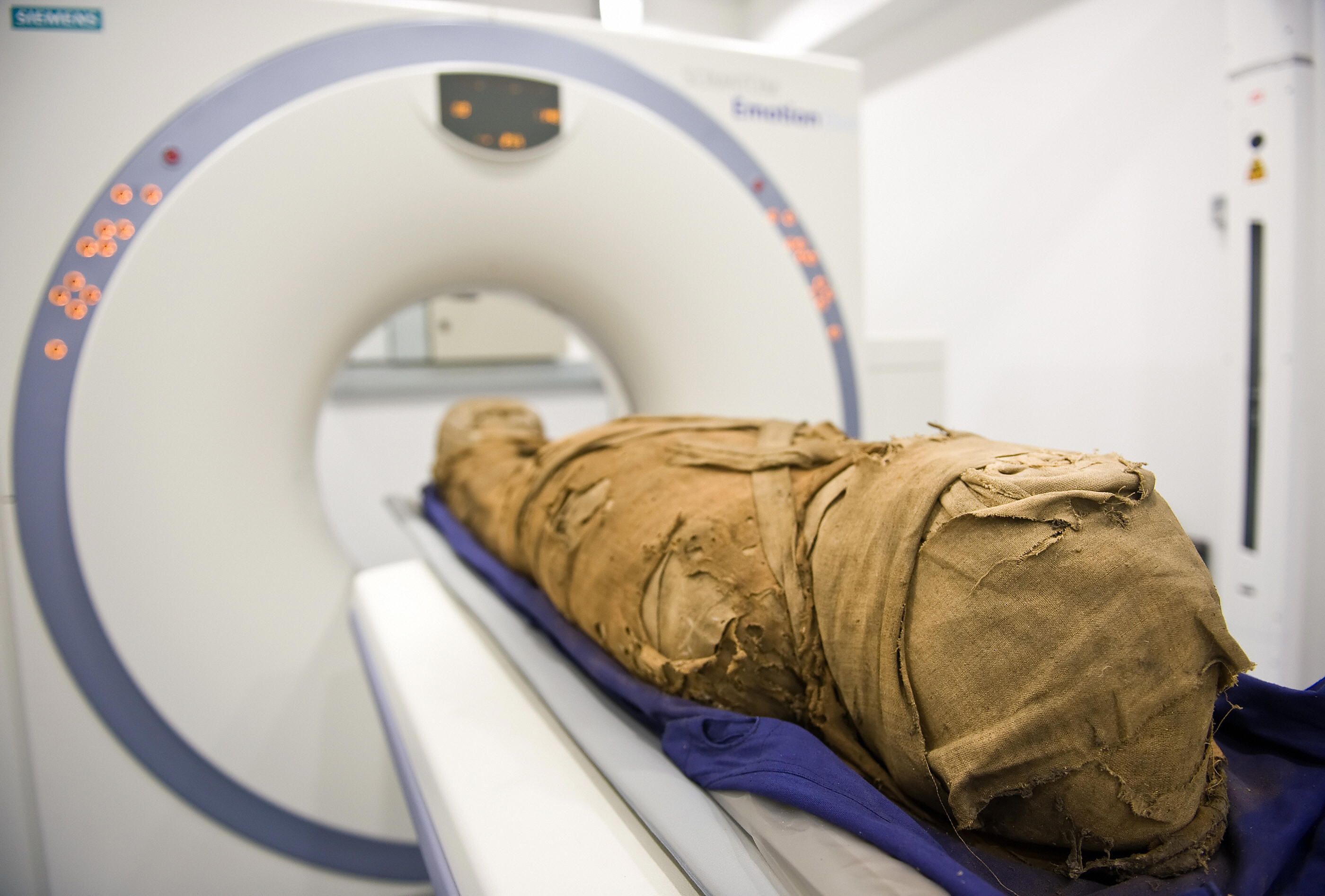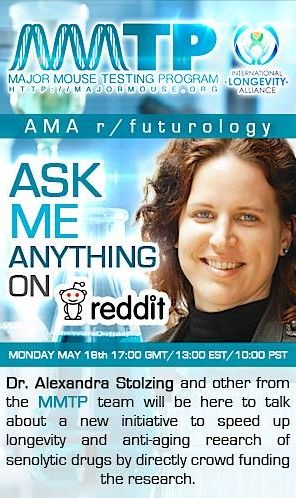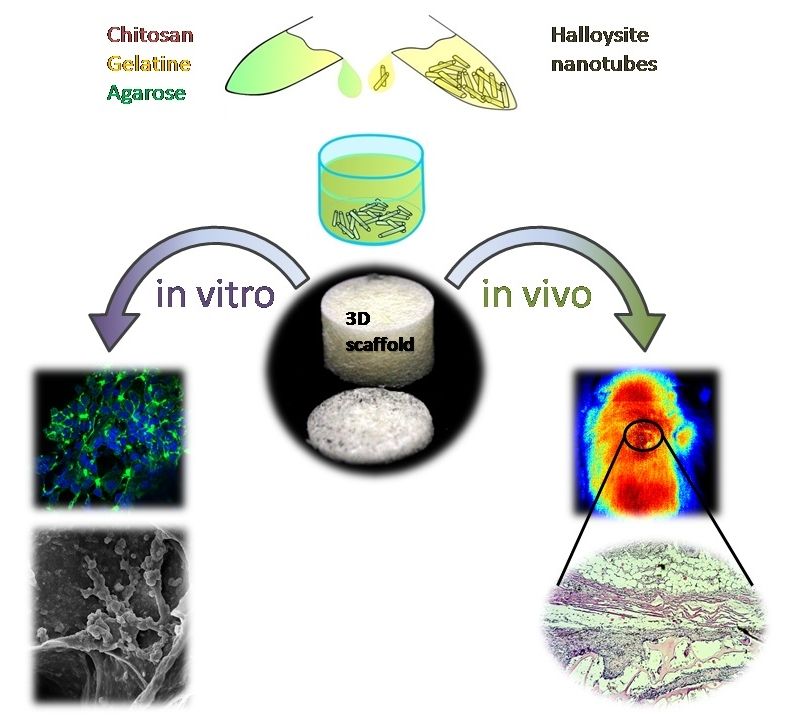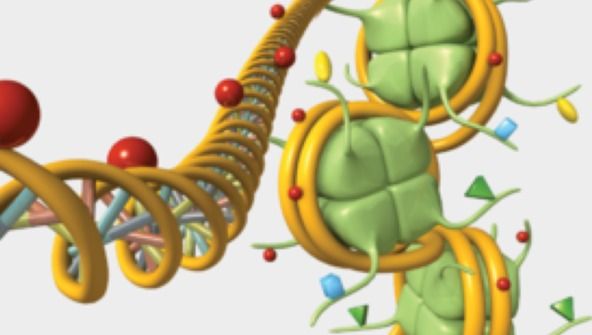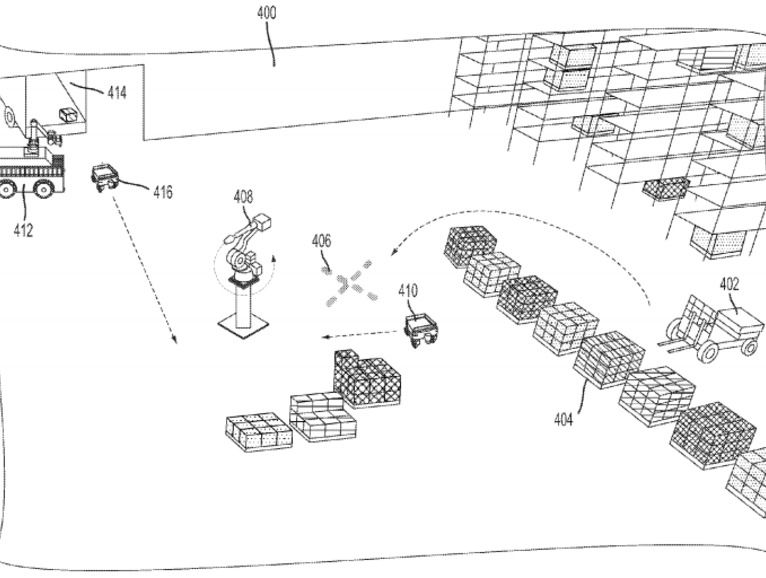Page 10669
May 13, 2016
We’re Closer Than Ever to Bringing the Dead Back to Life
Posted by Shailesh Prasad in categories: biotech/medical, neuroscience, robotics/AI
The use of cryogenics, for now, borders on science fiction—but that hasn’t stopped scientists and wealthy enthusiasts from trying to make it a reality.
Humai, an L.A.-based robotics company, hopes to freeze human brains after death with the expectation that technology will soon catch up—allowing the brain to be resurrected in an artificial body. Neuroscientists have excessively cautioned about lending cryogenics credence, but scientific research has blurred the definition of death and the consensus on when it occurs.
For centuries, death was called at the moment the heart stopped beating. However, medicine has evolved to the point that cardiopulmonary resuscitation (CPR) is now a common life-saving technique incorporated in basic first aid training, along with more advanced forms of resuscitation—like defibrillators—that can restart the heart. Several cases have been cited where a person under cardiac arrest has been brought back to life hours after they’ve technically died, when cooling processes and correct resuscitation procedures are implemented. According to a 2012 study published in Nature, skeletal muscle stem cells can retain their ability to regenerate for up to 17 days after death, redefining death as occurring in steps rather than at one single moment.
Continue reading “We’re Closer Than Ever to Bringing the Dead Back to Life” »
May 13, 2016
Google will pay people $40,000 a year not to drive their self driving cars
Posted by Shailesh Prasad in categories: robotics/AI, transportation
Thinking about a change of career? Google’s got a heck of a job offer for you. They’ll potentially pay up to $40,000 a year for you to not drive one of their autonomous cars. That’s based on base pay for $20 per hour working full time hours (40 hours a week).
There has to be some kind of catch, you say? Of course there is. Google isn’t just planning on throwing money at people to ride around with an AI chauffeur while sucking on slurpees and binge-watching Netflix from the non-driver’s seat.
No, you’ll actually have to pay attention. Google’s cars have logged plenty of hours on real roads, but there are still going to be times when the car doesn’t know how to handle a situation — say, sharing a narrow section of road with an oncoming bus. Since there’s no way of knowing when you’ll need to lend a helping hand (or foot), you need to be ever vigilant behind the wheel.
Continue reading “Google will pay people $40,000 a year not to drive their self driving cars” »
May 13, 2016
NASA satellites find trigger for magnetic explosions near Earth for first time
Posted by Sean Brazell in categories: nuclear energy, satellites
Explosive storms spawned by interactions between the magnetic fields of Earth and the sun can endanger satellites, spacecraft and astronauts in space, as well as power grids on Earth. Now, a fleet of NASA spacecraft has for the first time directly witnessed the mysterious way in which these magnetic explosions occur.
This work could help shed light on dangerous solar outbursts and help improve the design of advanced nuclear reactors, researchers said. The discovery was made using NASA’s Magnetospheric Multiscale mission (or MMS for short), which launched four spacecraft into Earth’s magnetosphere, the bubble of plasma controlled by the planet’s magnetic field.
SEE ALSO: Satellite quartet: NASA’s Magnetospheric Multiscale Mission in pictures.
Continue reading “NASA satellites find trigger for magnetic explosions near Earth for first time” »
May 13, 2016
The Major Mouse Testing Program AMA on Reddit!
Posted by Steve Hill in categories: biotech/medical, health, life extension
Monday May 16th 17:00 GMT 13:00 EST 10:00 PST r/futurology.
The Major Mouse Testing Program is an ambitious project of the International Longevity Alliance, seeking to speed up scientific progress in the field of regenerative medicine and bio-gerontology. After ILA experts conducted an analysis of bottlenecks preventing the development of life extension technologies, it was revealed that one of these bottlenecks is the deficiency of robust animal data for the potential of different compounds to promote health and extend maximum lifespan. Without this data promising interventions cannot enter clinical trials and become available to the general public.
The ILA decided to initiate a fundraising program to fund a series of these high-risk studies: Major Mouse Testing Program. We are currently running a crowdfunding campaign for the first experiment to test a combination of Senolytics. They have been shown to help seek out and destroy senescent “death resistant” cells and improve various aspects of health. We wish to see if Senolytics are able increase maximum lifespan in addition to healthspan promotion. We have big plans for the future with combination testing of senolytics, stem cells and more to help speed up scientific progress. So go ahead ASK US ANYTHING!
Continue reading “The Major Mouse Testing Program AMA on Reddit!” »
May 13, 2016
Clay nanotube-biopolymer composite scaffolds for tissue engineering
Posted by Karen Hurst in categories: biotech/medical, engineering, nanotechnology
The fabrication of a prototype tissue with functional properties close to natural tissues is crucial for effective transplantation. Tissue engineering scaffolds are typically used as supports that allow cells to form tissue-like structures essentially required for the correct functioning of the cells under the conditions close to the three-dimensional tissue.
Scientists of the Bionanotechnology Lab at Kazan Federal University combined biopolymers chitosan and agarose (polysaccharides) and gelatine protein to produce tissue engineering scaffolds and demonstrated the enhancement of mechanical strength, higher water uptake and thermal properties in chitosan-gelatine-agarose hydrogels doped with halloysite.
Chitosan, a natural biodegradable and chemically versatile biopolymer, has been effectively used in antibacterial, antifungal, anti-tumour and immunostimulating formulations. To overcome the disadvantages of pure chitosan scaffolds such as mechanical fragility and low biological resistance, chitosan scaffolds are typically doped with other supporting compounds that allow for mechanical strengthening, thus yielding composite biologically resistant scaffolds.
Continue reading “Clay nanotube-biopolymer composite scaffolds for tissue engineering” »
What are epigenetic modifications, and how might they play out across generations?
By Jen Christiansen on May 12, 2016.
May 13, 2016
Google: How our robot army could conquer warehouses
Posted by Karen Hurst in category: robotics/AI
Definitely.
Google owns some of the most advanced robotics firms in the world. Two patents shed light on what Google has planned for these bots.
May 13, 2016
Half the Web’s traffic comes from bots, and that’s costing you more than you think
Posted by Karen Hurst in categories: cybercrime/malcode, robotics/AI
In the US we have an old saying “fight fire with fire” and in this case “fight bots with bot/s” It should be noted, having a bot or any type of AI on your network is not necessarily going to prevent 100% of the hacking and Cyber threats today due to the weak connected infrastructure across the net, etc. However, to counter attack the pesky bots that we’re seeing around online ads, click monitoring can be limited by AI.
Roughly half of all Web traffic comes from bots and crawlers, and that’s costing companies a boatload of money.
That’s one finding from a report released Thursday by DeviceAtlas, which makes software to help companies detect the devices being used by visitors to their websites.
May 13, 2016
FDA fast-tracks treatment that uses polio virus to fight brain cancer
Posted by Karen Hurst in categories: biotech/medical, genetics, neuroscience
Very nice.
The Food and Drug Administration has given so-called “breakthrough” status to a treatment that uses the once-feared polio virus to target aggressive forms of brain cancer, in the hope of speeding it to market.
The therapy, developed at Duke University, hopes to use the virus’ debilitating properties to help fight cancer instead of harming its host, CBS News reported Thursday.
Continue reading “FDA fast-tracks treatment that uses polio virus to fight brain cancer” »

